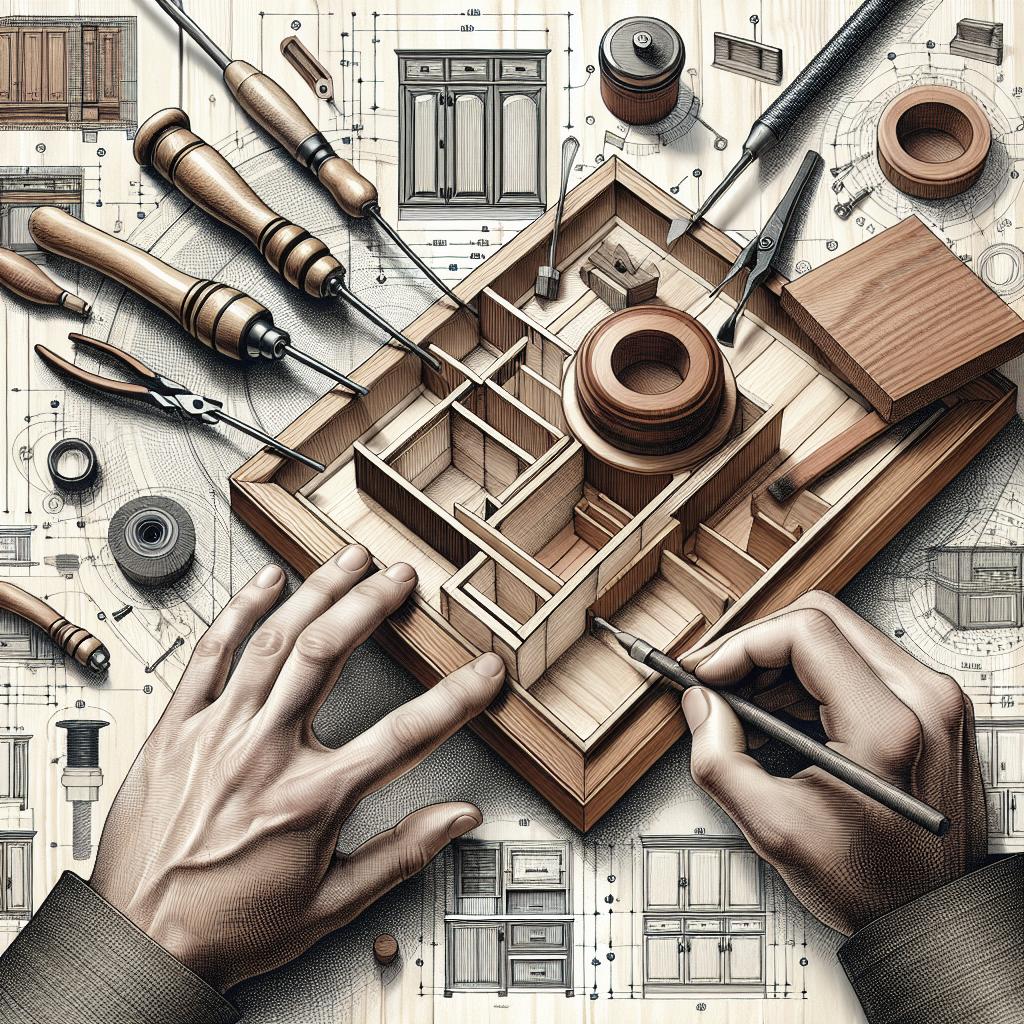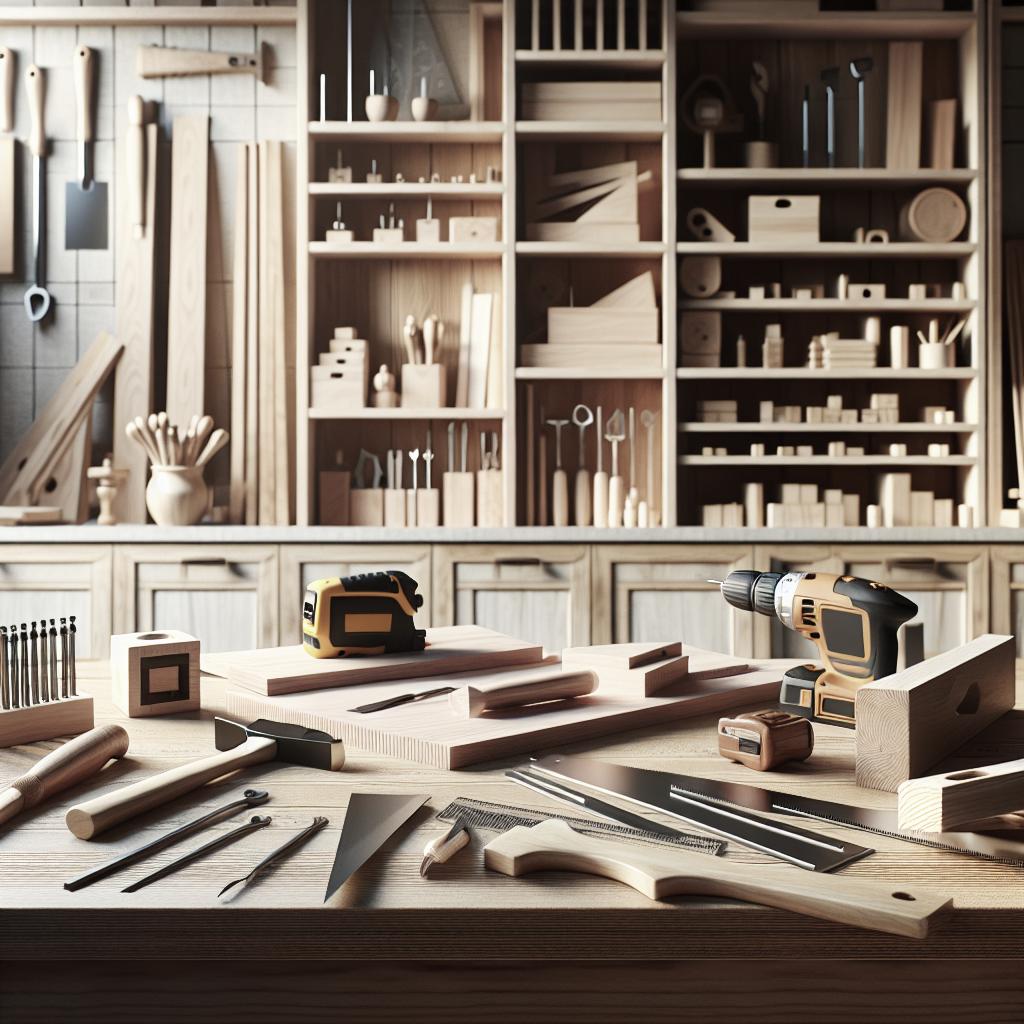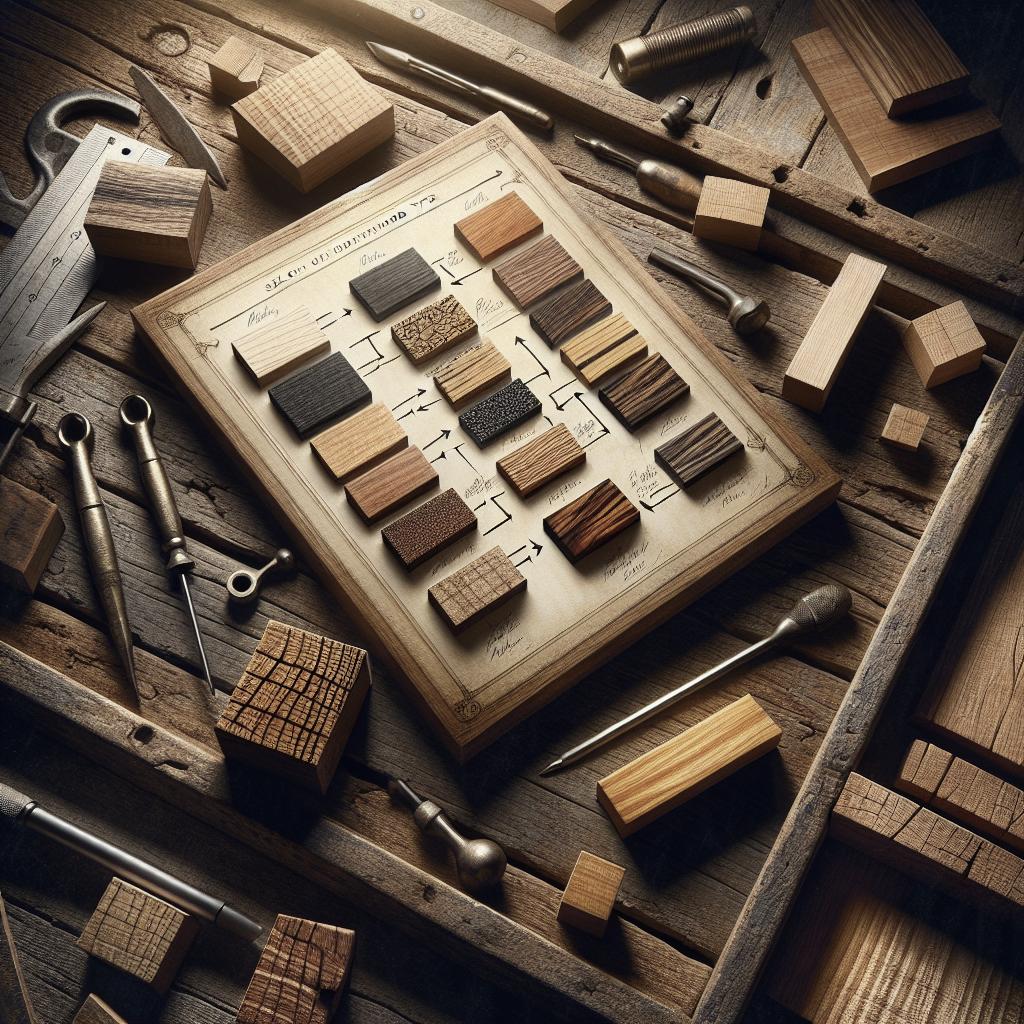“`html
Techniques for Crafting Fine Wood Cabinetry
Crafting fine wood cabinetry is an exquisite blend of tradition and modernity, reflecting the artistry of both historical and contemporary craftsmanship. This blog delves into the techniques involved in creating high-end wooden cabinets, exploring the heritage of cabinet making, the intricate process from concept to creation, along with the future trends in this craft. As we journey through the past, present, and future of cabinet making, we’ll uncover the mastery behind preserving traditional methods while embracing new technologies and sustainable practices. Whether you’re an enthusiast or a budding cabinet maker, this dive into the world of cabinetry promises insights and inspiration for all.
Base Cabinets
Base cabinets are the foundational element of kitchen design, providing essential storage and support for countertops and other fixtures. Constructed skillfully with robust materials, they bear the weight and stress of daily kitchen activities. Skilled craftsmen focus on precision when joining wood to ensure durability and alignment, often using techniques like dados and rabbets for a seamless finish.
Crafting these cabinets involves a deep understanding of space planning, ensuring the cabinets not only fit the physical space but also meet the functional needs of a household. Skilled cabinet makers meticulously plan the layout and structure of base cabinets to optimize both aesthetic appeal and practical functionality, often customizing features to suit specific requirements. From standard shelf configurations to the inclusion of lazy Susans and pull-out drawers, base cabinets are pivotal to kitchen efficiency.
The Heritage of Cabinet Making
Historical Significance and Evolution
The tradition of cabinet making dates back centuries, evolving with cultural influences and technological advancements. Originally, cabinet making was rooted in crafting functional furniture, but it quickly became an avenue for artistic expression and craftsmanship. Early cabinet makers honed their skills in ornate detailing and hand-carving, which required years of apprenticeship and mastery of wood joinery techniques.
Throughout history, cabinet making has seen significant transformations, shaped by influences such as the Renaissance and Industrial Revolution. These periods introduced new styles, tools, and manufacturing processes, contributing to a wider variety of cabinet designs and increasing accessibility for the masses. This evolution reflects the adaptability and enduring appeal of cabinet making as both an art and a trade.
Preserving Traditional Techniques
Despite modern innovations, traditional techniques remain highly valued in cabinetry, showcasing the timeless appeal of handcrafted craftsmanship. Techniques such as dovetail joints, mortise and tenon, and hand-turned legs are embraced for their beauty and durability, keeping time-honored methods alive in an ever-changing industry.
Preserving these techniques not only honors the legacy of past craftsmen but also ensures a high standard of quality that machine-led production often lacks. As a testament to cultural heritage, traditional cabinet making continues to be celebrated in modern design, where the fusion of old and new pays homage to its storied past while meeting contemporary demands.
The Art of Modern Cabinet Maker
Incorporating Contemporary Design
Modern cabinet makers are not bound by tradition alone—they actively incorporate contemporary design elements to create innovative furniture pieces. Sleek lines, minimalist aesthetics, and functional designs define today’s cabinetry trends, driven by the desire for spaces that are both beautiful and efficient.
Incorporating materials such as glass, metal, and eco-friendly composites, modern cabinet makers envision cabinets as functional pieces of art that integrate seamlessly into architectural spaces. Customization is often at the forefront of modern cabinetry, enabling makers to craft pieces that reflect individual tastes and adapt to the needs of modern lifestyles.
Embracing Technology
In today’s fast-paced world, technology plays a crucial role in cabinet making, from design to execution. Computer-Aided Design (CAD) software allows for precision planning and visualization, helping both the craftsman and customer understand the final product before it is physically created.
Automated machinery, like CNC routers, empowers makers to produce intricate designs with increased efficiency and accuracy, reducing human error while preserving the essence of custom craftsmanship. By embracing these technological advances, cabinet makers can continue to push the boundaries of design and functionality, creating pieces that are not only beautiful but also practical and innovative.
The Process of Cabinet Maker
From Concept to Creation
The journey from concept to creation is where the magic of cabinetry truly unfolds. It begins with consultation and idea generation, where the client’s vision is articulated and transformed into schematic designs. This crucial phase involves choosing suitable materials, be it hardwoods like oak or more sustainable options such as bamboo.
Once a design is agreed upon, the process moves to the workshop, where technical drawings guide the crafting of each component. Precision is key, as cutting, assembling, and finishing require exact measurements and an artisan’s touch to ensure a flawless fit and finish. This attention to detail is what sets fine cabinetry apart, manifesting the skills and passion of the craftsman into tangible products.
Meticulous Craftsmanship
At the heart of cabinet making lies meticulous craftsmanship. Each stage—from initial carving to final assembly—demands a high level of skill and patience. The use of quality tools and materials is vital, as is attention to subtle nuances such as grain matching and careful sanding, which enhance the visual and tactile appeal of the cabinetry.
Finishing touches, like staining and varnishing, require an eye for detail to achieve the desired tone and sheen, highlighting the natural beauty of wood and ensuring longevity. Ultimately, the craftsmanship involved in cabinet making is a testament to the dedication and artistry of makers who strive to maintain the highest standards of quality in their work.
The Future of Cabinet Maker
Sustainability in Materials and Practices
The future of cabinet making is increasingly aligned with sustainability, as environmental consciousness drives demand for eco-friendly materials and practices. Sustainable choices such as reclaimed wood, bamboo, and responsibly sourced lumber are becoming more prevalent, offering both aesthetic appeal and environmental benefits.
Cabinet makers are also implementing green practices, such as reducing waste through precision cutting and using water-based finishes that emit fewer volatile organic compounds (VOCs). These efforts not only help protect the environment but also appeal to an increasing number of consumers who prioritize sustainability in their purchasing decisions.
Adapting to Changing Styles
With the pace of interior design trends moving rapidly, cabinet makers must adapt to ever-changing styles. While traditional styles remain popular, there is growing interest in eclectic and fusion designs that incorporate diverse textures and vibrant colors. Customization plays a crucial role in this, allowing clients to create pieces that resonate with their personal style and the latest trends.
The ability to quickly adapt and innovate enables cabinet makers to stay relevant, providing bespoke designs that are contemporary yet timeless. As design preferences evolve, the balance between aesthetic qualities and functional needs will continue to drive cabinetry innovation.
The Enduring Appeal of Cabinet Maker
Despite the evolving landscape of cabinet making, the core appeal of this craft remains unchanged—its ability to blend utility with beauty. The enduring charm of well-made cabinetry lies in its ability to tell a story, reflecting both the maker’s skill and the owner’s taste and character.
As we look to the future, the timeless nature of fine wood cabinetry will continue to capture hearts, its charm fostered by an ever-present dedication to quality craftsmanship. The evolution in styles and practices further enriches this craft, ensuring its relevance and desirability for generations to come.
Next Steps in the World of Cabinetry
| Aspect | Details |
|---|---|
| Base Cabinets | Focus on foundational design, storage solutions, and the blend of tradition with modern functional demands. |
| Heritage of Cabinet Making | Exploration of historical techniques and their preservation amid modern-day advancements. |
| The Art of Modern Cabinet Maker | Integration of contemporary design with technological innovations to enhance efficiency and creativity. |
| Process of Cabinet Maker | From initial ideas to detailed craftsmanship, focusing on precision, material selection, and artisanal quality. |
| Future of Cabinet Maker | Emphasis on sustainability, evolving styles, and maintaining the timeless appeal of fine cabinetry. |
“`


